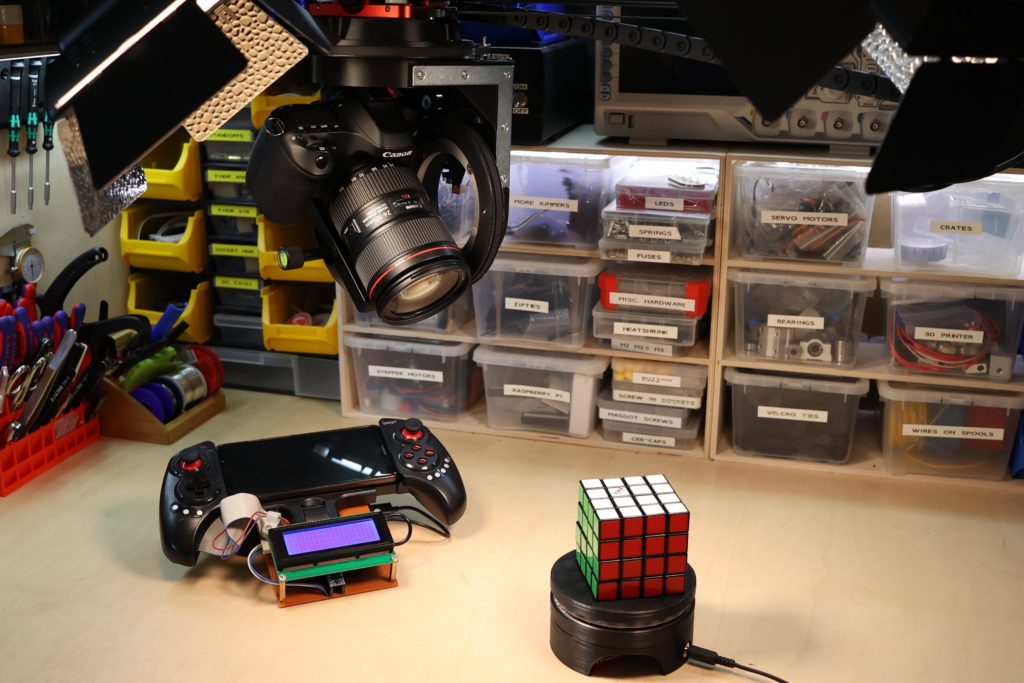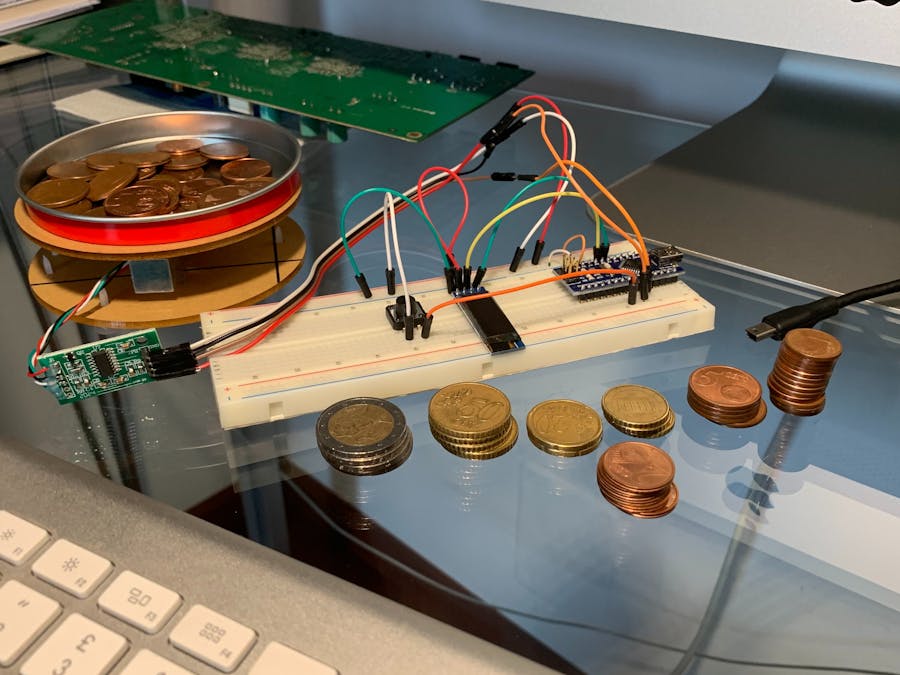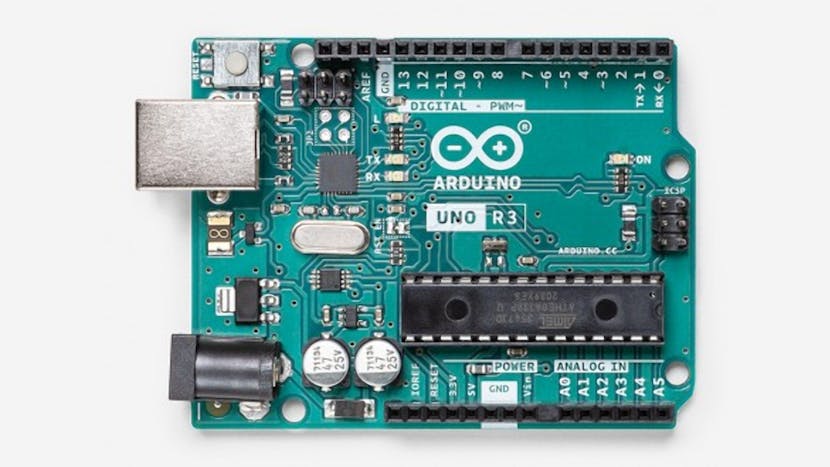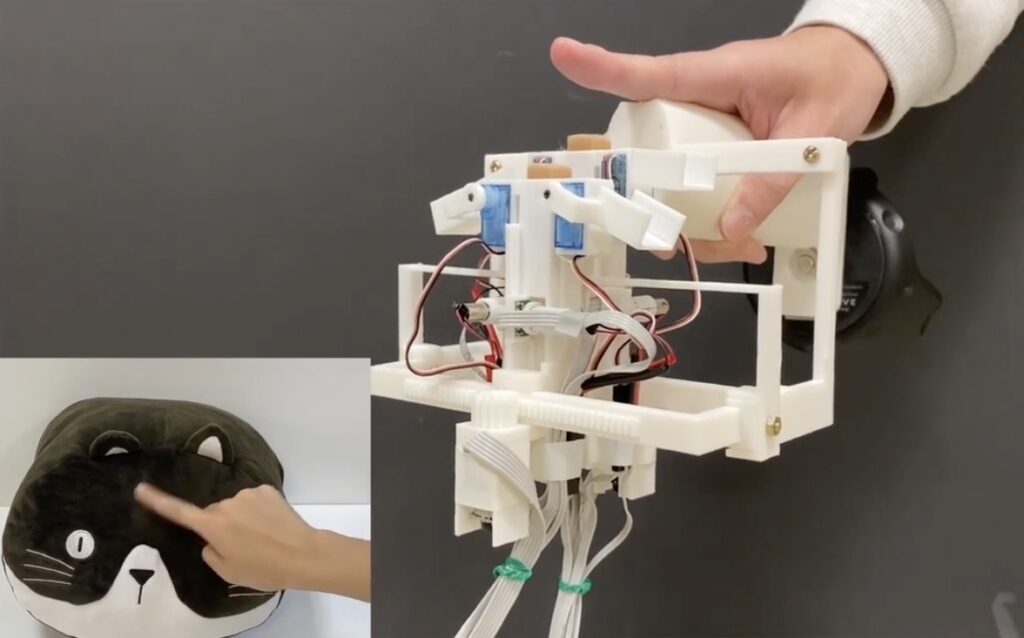I ran into a problem this week with a 3D-printed part that came out slightly too small and didn’t fit. This is a common problem with 3D printers. Today we’ll take a look at the problem, talk about what causes it and show how to solve it.
High Voltage Gives Metal Balls a Mind of Their Own
Have you ever seen something that’s so fascinating you’re sure there has to be some kind of practical application for it, but you just can’t figure out what? That’s how we feel when watching tiny ball bearings assemble themselves into alien-like structures under the influence of high voltage in the latest Plasma Channel video from [Jay Bowles].
Now to be clear, [Jay] isn’t trying to take credit for the idea. He explains that researchers at Stanford University first documented the phenomenon back in 2015, and that his goal was to recreate their initial results as a baseline and go from there. The process is pretty simple: put small metal ball bearings into a tray of oil, apply high voltage, and watch them self-assemble into “wires” that branch out in search of the ground terminal like a plant’s roots looking for water. With the encouragement of his 500,000 volt Van de Graaff generator, the ball bearings leaped into action and created structures just like in the Stanford study.

SEGA Mega Modem: Ahead of Its Time
In 1989, Sunsoft came to SEGA with a proposal: What if people could play Mega Drive games together online? Wanting to make a splash in the market, the two companies teamed up and created the Mega Modem. The device brought online gameplay, downloadable games, news, contests, and even financial transactions to the SEGA Mega Drive!
ESP32 | LovyanGFX vs. TFT_eSPI Comparison (ft. 8-bit Parallel Interface)
This video is about comparing the graphics library LovyanGFX and TFT_eSPI in an 8-bit Parallel interface environment.
Bobby Towers’ Trochee Is a Parameterized, 3D-Printable, Raspberry Pi Pico-Powered One-Hand Keyboard
Designed for accessibility, this Clojure-based project can be tweaked for your individual requirements.
Developer Bobby Towers has shown off two 3D-printed keyboards with a difference: These multi-colored marvels are designed for one-handed use, and powered by a Raspberry Pi Pico.
“There are many reasons and situations where one would find themselves without use of one or both of their hands. Injuries, disabilities, child-rearing, and probably countless others I haven’t thought of,” Towers explains of the reason for switching from a traditional two-handed keyboard layout to one more usable with a single hand. “Usually though, unless the reason is permanent, it is not worth the monetary investment to justify a $400-$1000 Maltron [single-handed] keyboard. I think this is a major problem, and if there were a cheaper option, more people would enjoy a more productive lifestyle while in these compromised situations.”

Making a PCB Heater (to reflow PCBs)
My first attempt at reflowing a PCB with another PCB!
This low-cost motion control rig helps capture high-quality shots
Being a camera operator is tough. Having to move the camera and maintain a smooth motion can be tricky, and the speed at which it’s done is never consistent. That’s what prompted Andy to create his own motorized robotic camera rig that can move in up to four different axes simultaneously. The camera gets attached to a standard mounting plate and then placed into the gimbal. The gimbal is able to both pitch the camera up (rotate around the X axis) and rotate it side to side (called ‘yaw’ or Z-axis rotation). In order to prevent a bunch of wires from tangling around each other while spinning, each rotational axis uses a slipring to transfer electrical power and signals continuously.

Cool Way to Count the Euro Coins!
This is a cool way to count coins. It’s a scale that, with the help of Arduino, a display and a push button, can count the amount of Euros coins on the plate. At the beginning, you need to calibrate the scale by pressing the button with the empty plate, and then with four coins of two Euros. You just need to follow the instructions on the display, and, at the end of the process, you will have the value in Euros of the coins. This was possible because each coin has a specific weight. Such weight never changes, and as long as you follow the instructions, all will be very accurate.

Researchers Reveal Optimizations to Boost Battery Life in Arduino Uno, ATmega328P-Based Data Loggers
With the addition of a MOSFET and some tweaks to the program code an Arduino Uno can log every two seconds for a year on a 2,400mAh battery.
A pair of researchers from Newcastle University have published a paper investigating optimizations to boost battery life in Microchip ATmega328P-based, Arduino-compatible data loggers — by tweaking SD card save operations.
“As part of a university project, I needed to look into how to make the Arduino/ATmega328P last on a couple of AA batteries for over a year,” first author Luke J. Bradley explains. “After doing a lot of digging through the datasheet and reading multiple online forums, I discovered that there are lots of tips and tricks out there but no one has made a standard method for creating a low power data logger. As such, I decided to write and publish a paper based on this. The paper shows exactly how to create a data logger using an SD card and an RTC as well as little tips and tricks within the code to help minimize power consumption. I hope it helps other people in their projects!”

This haptic device lets you feel the hair of virtual reality animals
When it comes to virtual reality, the challenge isn’t displaying convincing visuals — VR headset manufacturers have already figured that out. The real challenge is how to tickle our other senses, like smell, taste, and especially touch. To give people the ability to feel the fur of animals in VR, engineers have built this strange haptic device, called HairTouch, equipped with adjustable hair.

